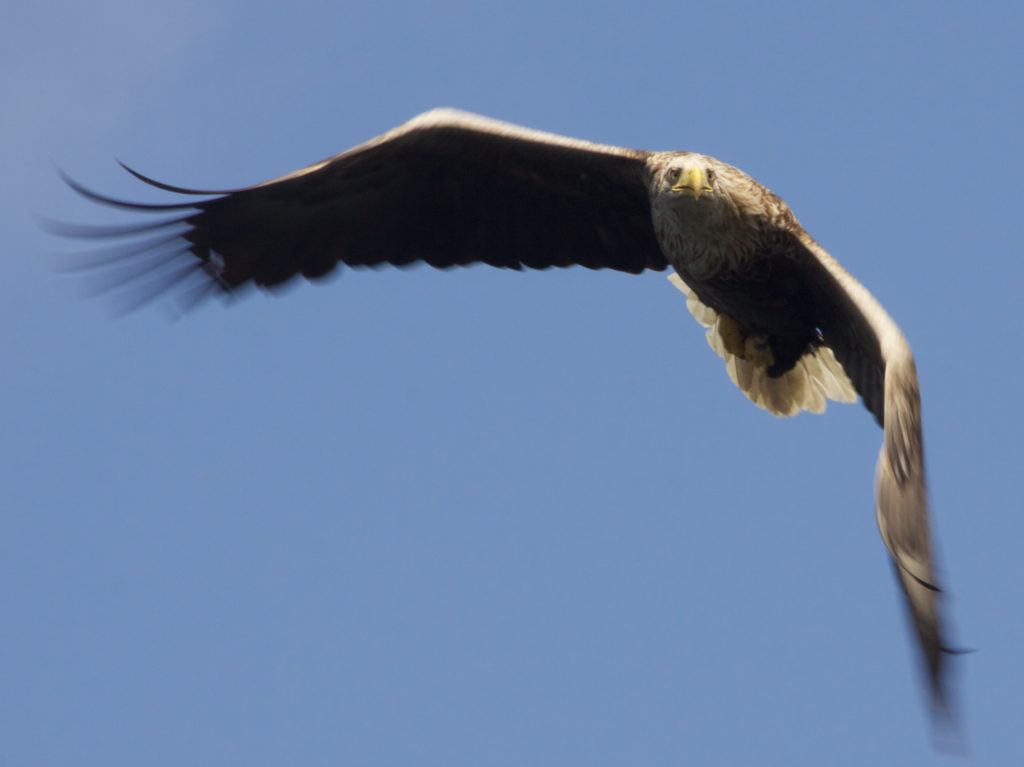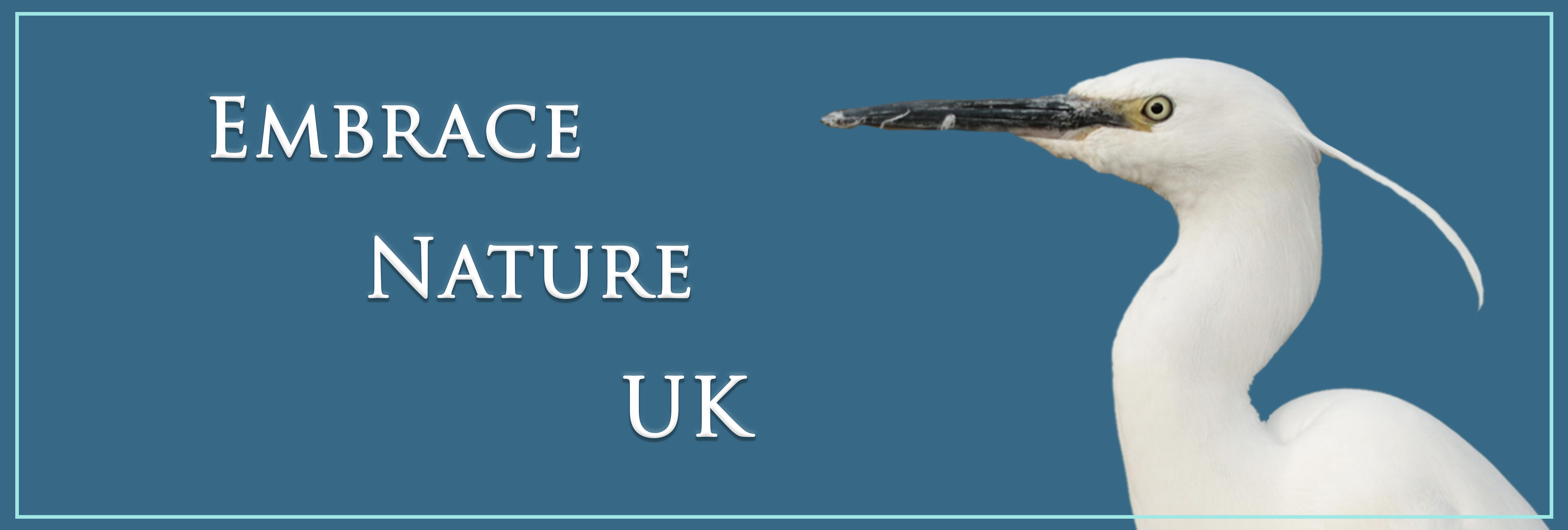
Sometimes you spend so long waiting for a good shot that when it finally arrives, you’re so excited that you can lose your composure and make silly mistakes. You can work around this to some degree by being so familiar with your equipment and shooting in a variety of conditions that your hands should act without you needing to think.
Some years ago we went to the Isle of Mull in Scotland to see White-Tailed Eagles. On this trip the boat-operator throws a fish into the water next to the boat, which usually attracts an Eagle to allow you a close encounter. I have always been of a polite demeanour, so whilst everyone else scrambled to the best positions, I found there was no space for me so I was left in the middle of the boat, standing on the seats, trying to get photographs. I hadn’t contemplated which settings would work best in this situation and was so overtaken by the awe of seeing a White-Tailed Eagle so close that the shots I came away with were nothing like I’d hoped for.
This has led me to consider the best-case scenario more before venturing out to take photographs. This way I can be prepared to take better images even when pleasantly surprised by a brilliant encounter.
There are still some experiences that catch us so unaware that there’s just nothing we can do to prepare for them. On a recent visit to St Kilda (again in Scotland), I carried the camera in my arms most of the time to ensure I would capture anything that popped up along the way. I did this continuously even though the camera is very heavy and St Kilda’s cliffs are extremely tall and steep, with one exception. I went to collect a trail cam one morning and as the walk to get there was fairly significant, I put the camera in my bag. What I didn’t know was that not far from the location of the trail cam was a group of rocks from which a huge bird would suddenly spring and fly off. The rangers hadn’t seen it for four days and we certainly didn’t anticipate seeing a Snowy Owl on a Scottish island. My immediate reaction was to grab at my bag and rush for the camera but the Snowy Owl was faster and all I got was some very distant shots.
A week later on South Uist, I had a close encounter with a Short-Eared Owl whilst taking the recycling to the local collection bin. This was the first time I didn’t have the camera on me whilst on South Uist.
It’s safe to say that you should always expect the unexpected, prepare for the best-case scenario and make sure your camera is fully prepped and on the correct settings before going out to take wildlife photographs. I always keep spare batteries and memory cards in my pocket rather than in my bag as in those moments where the experience is so unique and exciting, even a thousand images can be used quickly and you can never trust equipment not to play tricks on you at the worst possible time.
I have heard Wildlife Photographers previously say that you should be able to operate the camera with your eyes closed and I couldn’t agree with this more. It’s vital that you know your way around the camera extremely well for if the light suddenly changes or something that was stationary begins to move. This is where your user guide becomes priceless and regular use of your camera is a necessity – so when it comes to capturing the unexpected, you can be as composed and prepared as is humanly possible and enjoy that moment at the time AND in retrospect.
